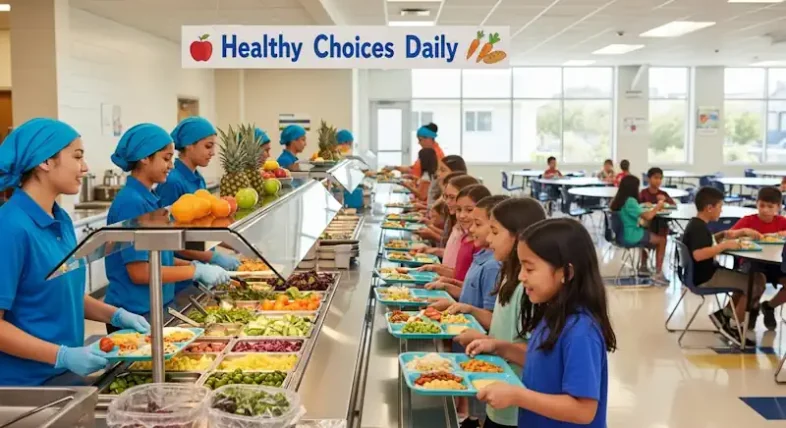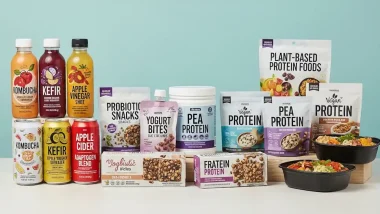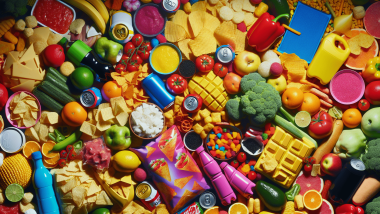California has moved to overhaul school nutrition by becoming the first U.S. state to phase out certain ultra-processed foods from K-12 meals. Governor Gavin Newsom signed the measure on October 8, setting a long runway for districts and vendors to shift menus toward minimally processed, nutrient-dense options. Supporters see the policy as a prevention-first step for children’s health, while opponents warn of cost and supply challenges during the transition.
What the Law Does and the Timeline Ahead
The statute directs the California Department of Public Health to define ultra-processed foods of concern and identify restricted school foods by mid-2028. Districts must begin phasing those items out starting in July 2029. A full ban takes effect for school breakfasts and lunches in July 2035, and school food vendors will be barred from supplying restricted items beginning in 2032. The phased schedule is designed to give districts, manufacturers, and distributors time to reformulate products, rework contracts, and train staff.
Lawmakers framed the approach as targeted rather than sweeping. The definitions are expected to focus on products with industrial additives and high levels of added sugars, sodium, or certain sweeteners. That clarity will matter for cafeteria planning, since many foods fall along a continuum of processing and some packaged items, like whole-grain breads or plain yogurt, can still fit into healthy menus.
Why California Is Acting Now
State leaders cited mounting research linking heavy consumption of ultra-processed foods with elevated risks of obesity, metabolic disease, and other chronic conditions. Public health officials argue that improving the nutritional quality of school meals can influence daily habits, particularly for students who rely on schools for a significant share of their calories. The law builds on earlier California efforts, including free school meals for all students and restrictions on certain synthetic food dyes in school foods.
Advocates say schools are uniquely positioned to set healthier defaults and expose children to fresh foods. Several districts in the state have already piloted scratch cooking and local sourcing, offering a template for others to follow as the phaseout begins. Proponents add that gradual timelines can spur industry reformulation and new procurement channels without abruptly disrupting meal programs.
Implementation Challenges for Districts and Vendors
School nutrition directors face practical hurdles: supply reliability, higher ingredient costs, kitchen equipment needs, and staffing for more labor-intensive preparation. Rural and smaller districts may have fewer suppliers to choose from and less capacity to change menus quickly. Vendors will need to assess product lines against the forthcoming state definitions and consider reformulation to maintain school contracts.
To manage the shift, districts are likely to stage changes across menu cycles, emphasize items that meet standards without major cost increases, and expand training on batch cooking. Partnerships with regional producers and food hubs may help stabilize supply. Over time, larger statewide demand for compliant products could lower unit costs and broaden options for smaller districts.
How Definitions Will Shape Cafeteria Menus
The policy’s effect will hinge on how the state delineates ultra-processed foods of concern. Policymakers have signaled attention to additives like artificial colors and flavor enhancers, as well as thresholds for added sugars, sodium, and saturated fat. Clarity on categorization will reduce ambiguity for commonly served items such as flavored yogurts, breakfast pastries, deli meats, and packaged snacks.
Nutrition experts note that an ingredient-based screen can work alongside nutrient standards. Schools may lean more heavily on minimally processed staples like beans, eggs, vegetables, whole grains, and unseasoned meats, supplemented by packaged items that meet the criteria. Many districts have already shifted toward house-made sauces, roasted vegetables, and baked entrees to improve nutrition while keeping menus student-friendly.
Potential Health Impact and Measures of Success
Researchers will watch for changes in the nutritional profile of served meals, student selection and consumption, and participation in breakfast and lunch programs. Additional indicators include procurement patterns, waste levels, and costs per meal as districts adapt. Over the longer term, public health agencies will look for improvements in diet quality and markers associated with chronic disease risk among children and adolescents.
California’s move is likely to influence national discussions. Other states and large districts may adopt similar standards or request clear federal guidance on definitions to avoid a patchwork of rules. If California’s phased approach results in broad product reformulation and steady student acceptance, it could set a functional model for scaling beyond the state.
What Comes Next for Families and Schools
In the near term, families can expect incremental menu changes as districts prepare for the 2029 phase-in. Communication will matter: schools may provide updates on recipes, ingredient swaps, and sourcing, along with nutrition education that helps students understand why certain items are changing. Parent feedback on taste and portion sizes will be useful as menus evolve.
The law’s long timeline acknowledges that durable change in school food systems takes planning. California has put down a marker that child nutrition policy should account for the degree of processing, not just calories or single nutrients. The coming years will test whether steady, standards-based adjustments can produce healthier meals that students actually eat, while remaining feasible for the districts that serve them.


